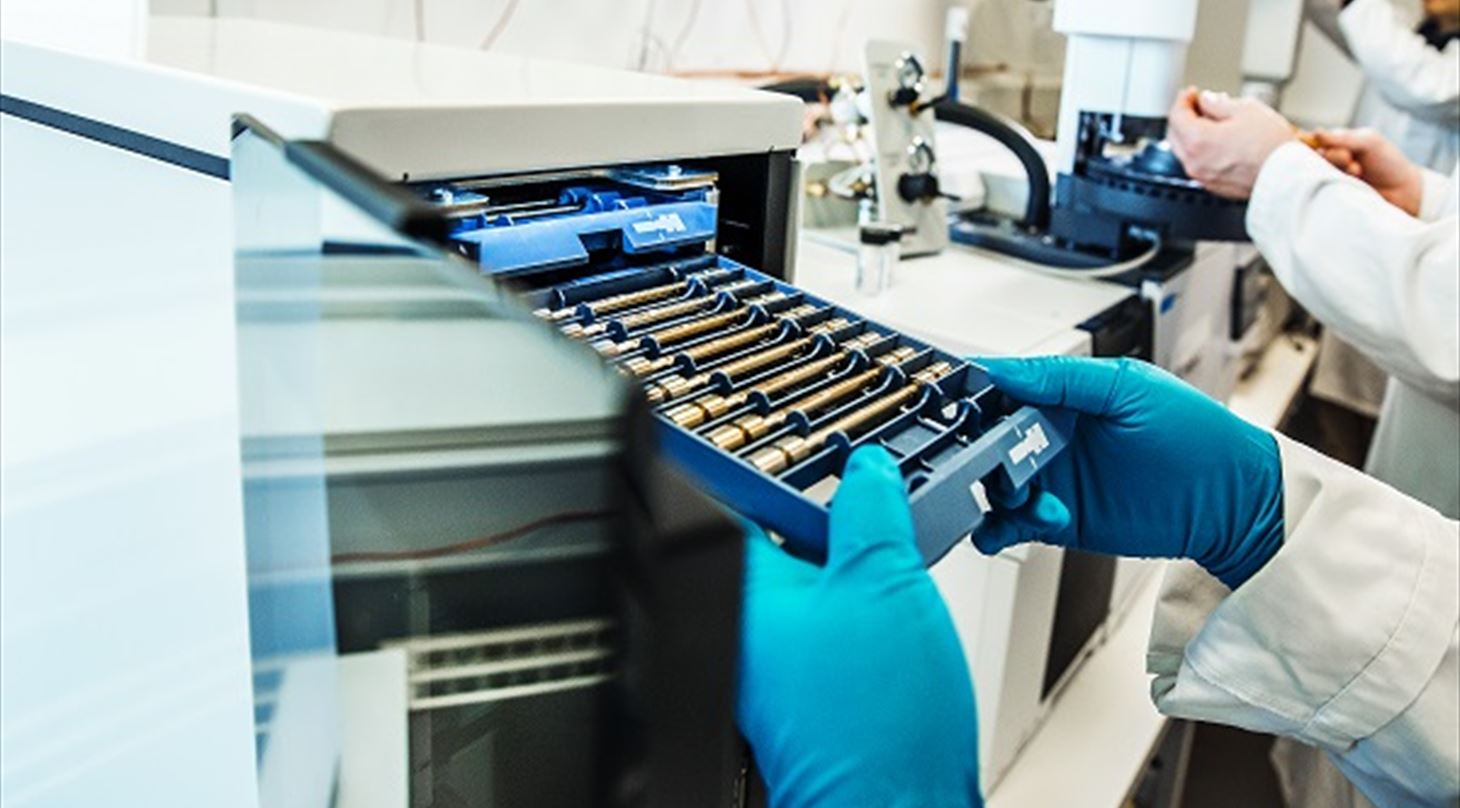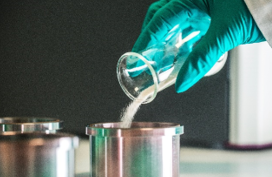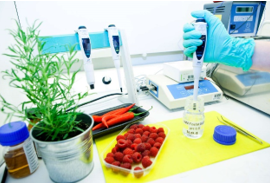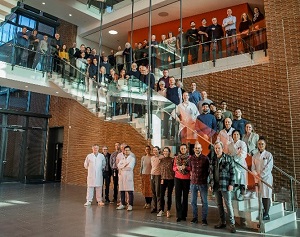
Food analyses by headspace GC-MS

Stability, toxicity, odour and much more
It is well known that much of the sensory experience of consuming foods and drinks is due to the exposure to volatile organic compounds (VOCs).
It is also well known that sensitive analytical instruments can detect a vast range of VOCs and that important properties such as stability, toxicity, odour and much more can be evaluated by analysing these VOCs.
Numerous applications are common, including:
- Measuring small aldehydes (C4-C9) as proxy for food spoilage
- Measuring food aromas as proxy for sensory evaluation
- Measuring volatile toxins in processed foods for safety documentation
- Fingerprinting VOCs for process and quality control
The advantage of dynamic headspace and microchambers
Within recent years, GC-MS analyses have evolved to become a standardised measurement technology, complementing traditional food analyses with trace level insight. One of the best and most efficient methods to separate the analyte from the sample matrix is via the dynamic headspace technology where the air (headspace) over the sample is collected and analysed.

The chemical laboratory uses the ISO 16035, ISO 8892 and ISO 12219-3 methods (and adaptations thereof) for quantitative assessment of a range of VOCs and evaluation of a range of critical food properties, including stability, toxicity, odour and much more.
Our chambers facilitate comparatively large samples (up to 25 grams) and heating up to 250°C to release chemically bound or high-boiling compounds. The VOCs in the headspace are collected onto adsorption tubes that are subsequently analysed using GC-MS. Typically, detection limits of a few ppm or even ppb can be realised.
About us

The ISO 17025 accredited chemical laboratory at the Danish Technological Institute is a commercial laboratory with extensive experience in the analyses of foods, ingredients, aromas, flavourings and much more.
We employ a range of classical and advanced technologies, including several versions of gas and liquid chromatography. The division of Food and Production employs more than 250 dedicated specialists, consultants and technicians ensuring the highest level of insight and expertise.